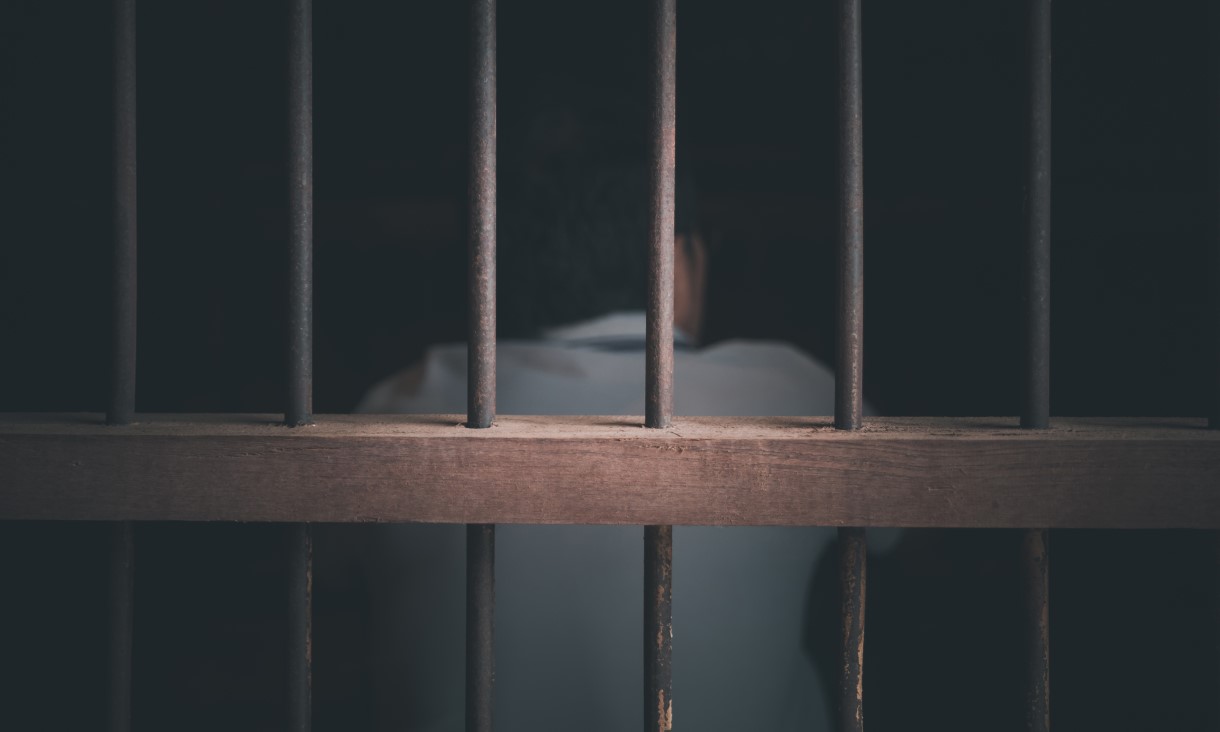This is something the Victorian Ombudsman identified as problematic in a 2017 OPCAT implementation report, observing that the number of people in ‘de facto detention’ in social care settings is ‘unknown’ (see report at p. 25).
That raises a parallel reform imperative; the need to better regulate the use of restrictive practices, in part so we can identify places where people are being effectively detained (and, of course, to better monitor, and drive down, restrictive practice usage).
States and territories currently determine restrictive practice authorisation requirements in disability settings. A general reform trend here is the move to a Senior Practitioner authorisation model. Such a model exists in Victoria, whereby a senior official with clinical expertise oversees the authorisation of restrictive practices, which must be articulated in registered behaviour support plans (that can be audited).
This model differs from the consent (or really substitute consent) authorisation model, where a person, or their representative, consents to a restrictive practice. The consent model is currently in place in disability services in Queensland, though that is under review. It also exists nationally in the regulation of aged care restrictive practices, which currently involves an extraordinarily complex authorisation regime that, among other things, seeks to recognise the authority of those people empowered by State and Territory laws to provide substitute consent for aged care restrictive practices. This almost unworkable regime is likely to be in place until the end of 2024.
These two parallel reform imperatives – OPCAT compliance in social care settings, and improved restrictive practices authorisation requirements – could be met together.
The adoption of an empowered Senior Practitioner to authorise restrictive practices would constitute one significant reform, and would enable OPCAT’s specific reach into social care to be determined and managed.
This could occur at national level in specific sectors – aged care and NDIS – where the Senior Practitioner (or Practitioners) would be responsible for overseeing the authorisation of restrictive practice usage (we currently have national Senior Practitioners in the aged care and NDIS fields, but neither has a formal authorisation role concerning restrictive practice usage).
Another alternative would be to have broadly-empowered Senior Practitioners at State and Territory level, who could be responsible for overseeing restrictive practices authorisation in a range of settings (disability, aged care, and this could extend to other settings, including for instance out-of-home child protection).
Importantly, the Senior Practitioners in either rendition could identify, by reviewing lodged behaviour support plans, those settings where permitted restrictive practices are likely to amount to deprivations of liberty. This would mean the Senior Practitioners could advise the relevant National Preventive Mechanism about where visits need to occur, and would be a source of expertise on how to monitor deprivations of liberty in these settings (the Senior Practitioners could even, if this were desired, form part of particular jurisdictions' National Preventive Mechanisms).
The purpose of OPCAT is to prevent poor treatment of people in detention. Does anyone honestly think that people detained in disability and aged care settings are not in need of that protection?
Authors:
John Chesterman is the Queensland Public Advocate
Bronwyn Naylor is a Professor of Law at the GSBL, RMIT University








